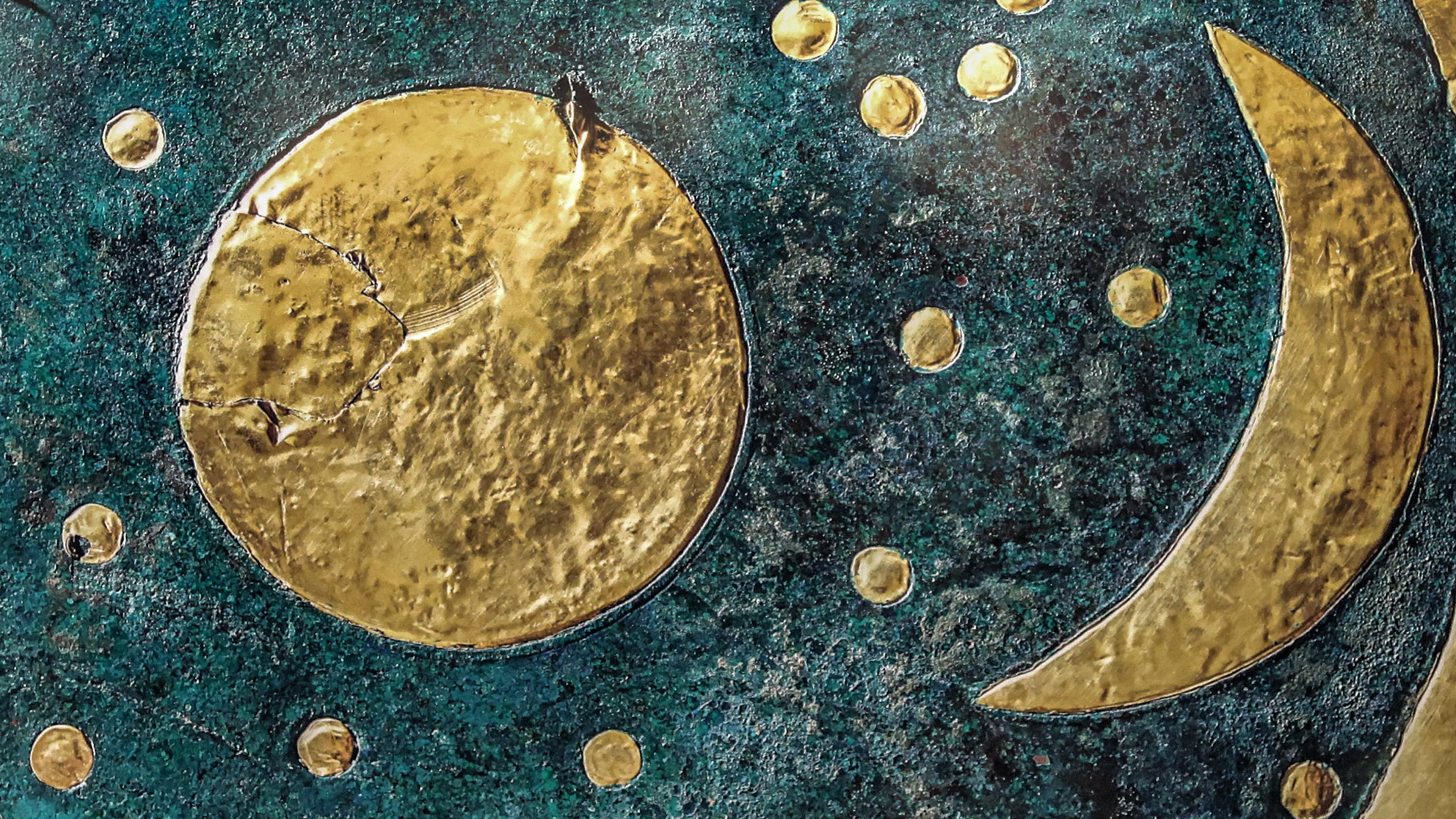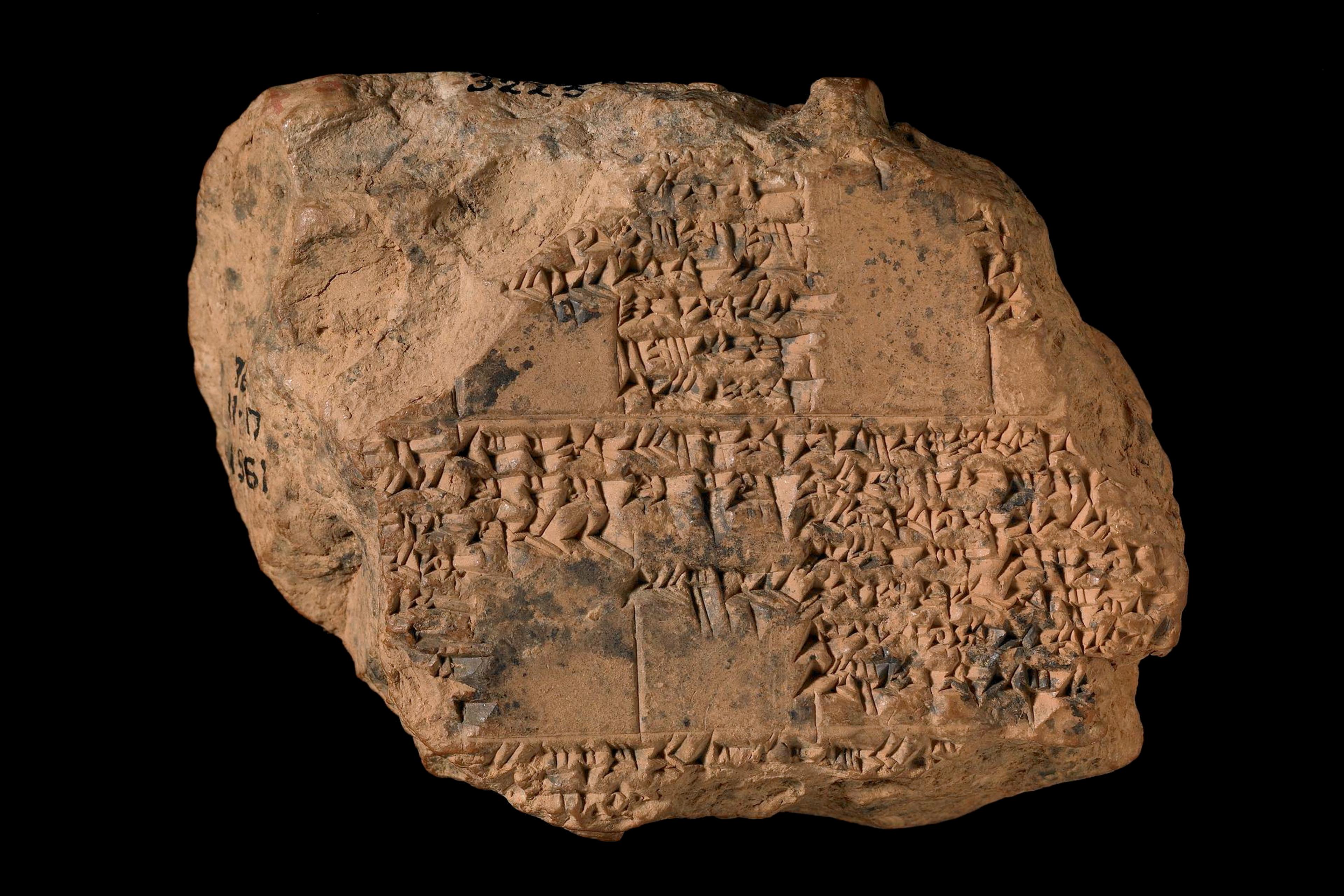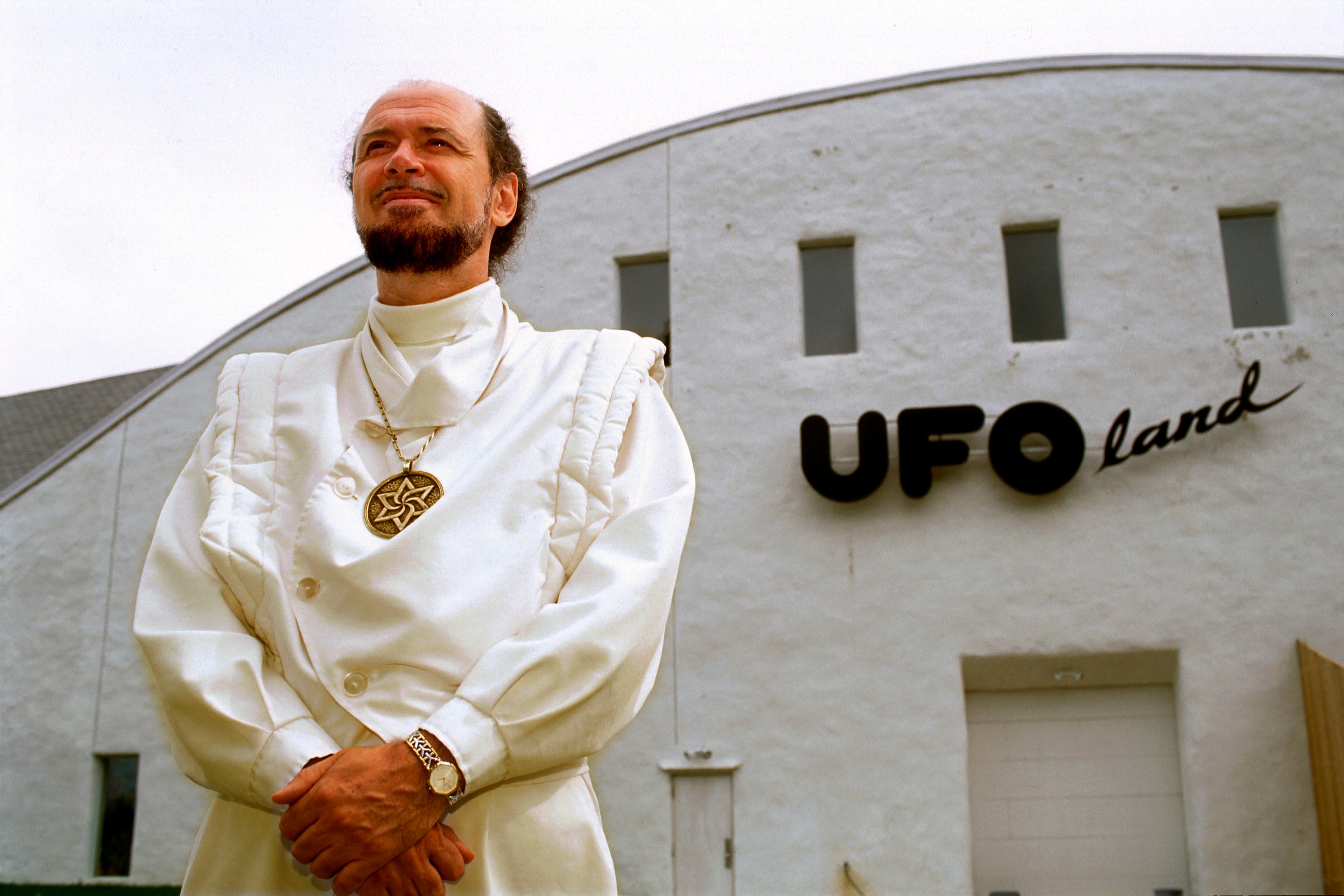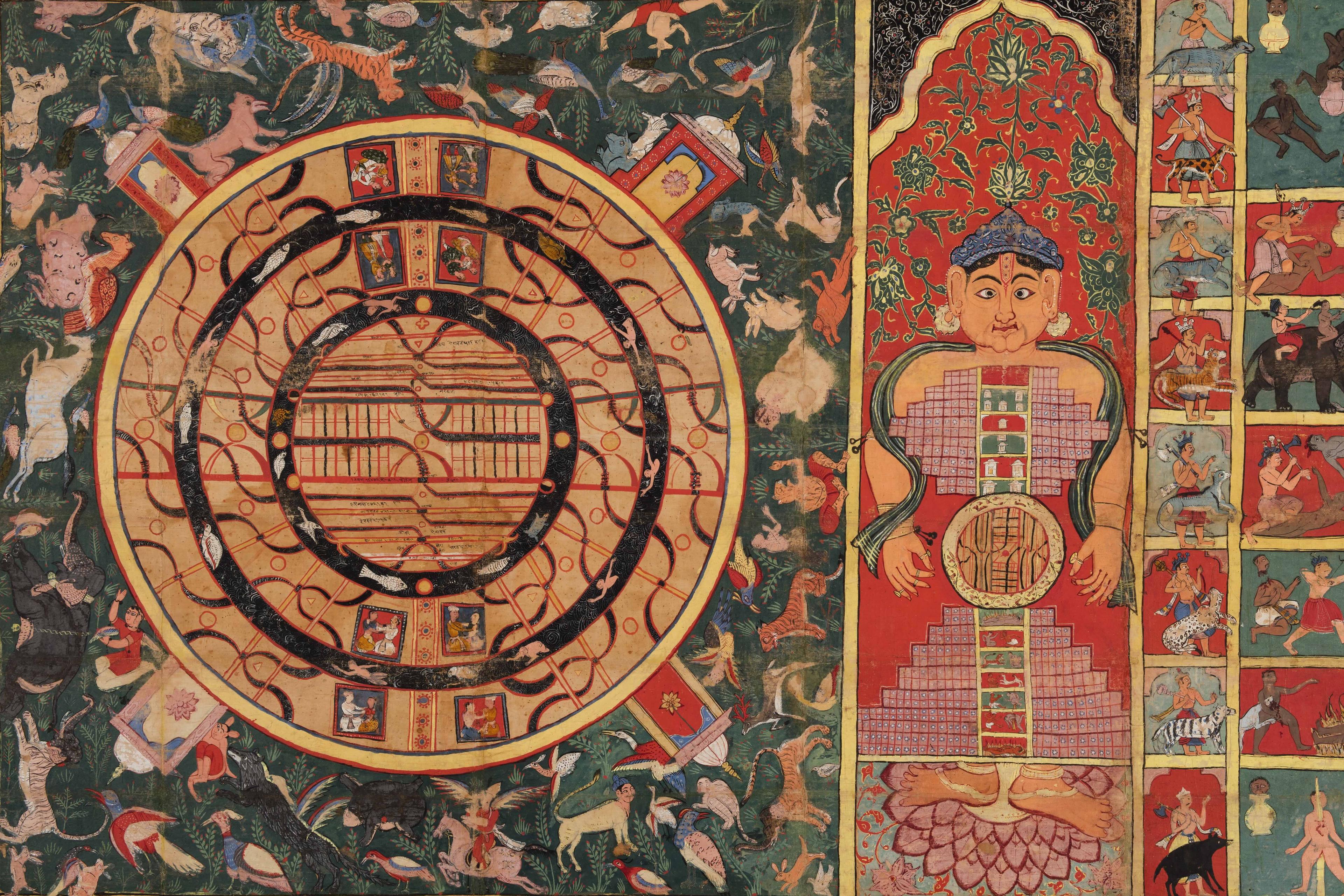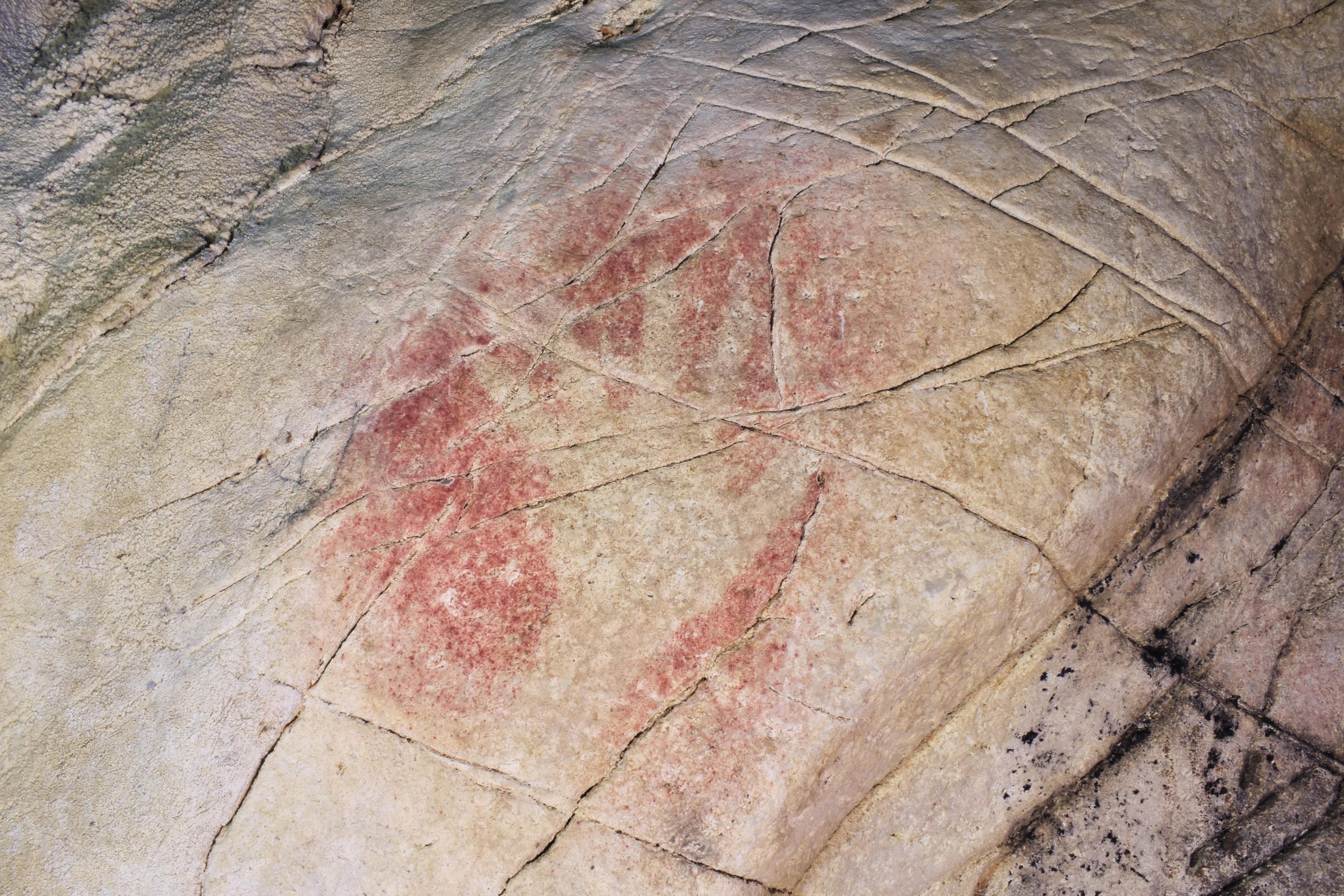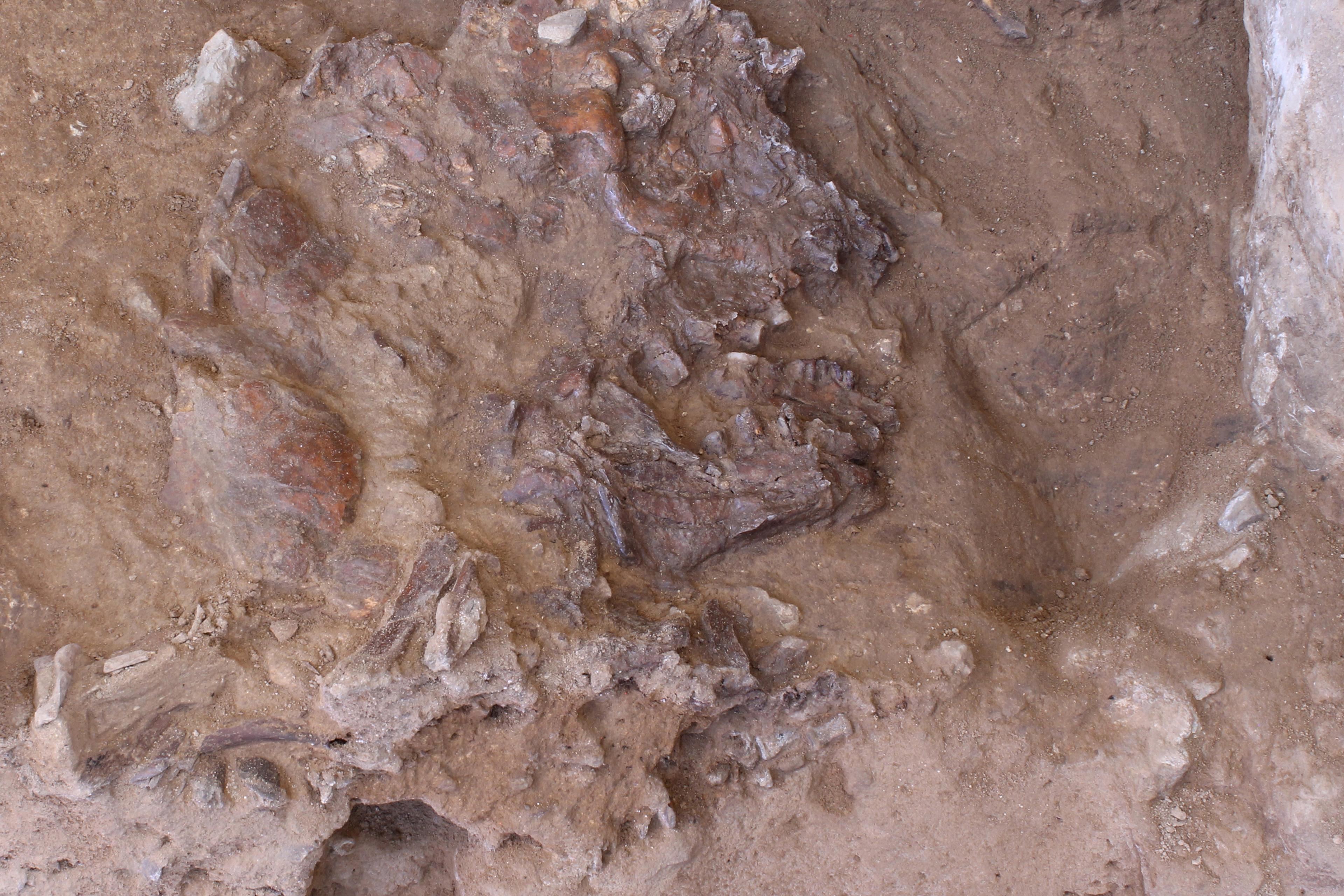The sky cascades from ruby red to fiery orange to golden yellow as the sun sets on the horizon over a plain somewhere in Central Europe. It’s 1600 BCE, and the leader of a Bronze Age village is standing in the middle of his front yard scanning the vast sky towering over him. ‘There might be heavy rains tomorrow,’ he judges from the crimson sunset engulfing the horizon. Later that night, he is hastily crossing the yard, firewood under his arms but, before entering his wattle-and-daub hut, he shoots one last glimpse up. For a moment, he is taken aback by the myriad of stars of the Milky Way, but then notices an opalescent halo around the Moon. This further confirms his fears that a storm is likely to hit his village tomorrow. They might need to postpone the autumn sowing of the barley fields. As he searches for guiding celestial signs, his gaze settles on a cluster of seven shining stars that were not there the previous night. ‘Winter is coming,’ he sighs, as he concludes his reading of the sky, a crucial skill for his Bronze Age society, one that will be passed down for generations to come.
As the new James Webb Space Telescope brings us unfathomable images of faraway corners of the Universe, we tend to forget how it feels to gaze up at the sky with our naked eyes. Since the dawn of humanity, the skyscape has always inspired awe and wonder. Throughout generations and succeeding cultures, we began to cultivate an intimate, mysterious yet practical relationship with the skies, day and night. The meaning we find in them seems, ironically, to ground us in an everchanging world. For prehistoric societies, it was a time without time as we now keep it. Until writing, calendars and clocks became widespread, people across the globe relied to various degrees on the cyclical nature of celestial phenomena to plan agricultural and animal husbandry activities, explain the unknown, record stories, and navigate across land and sea.
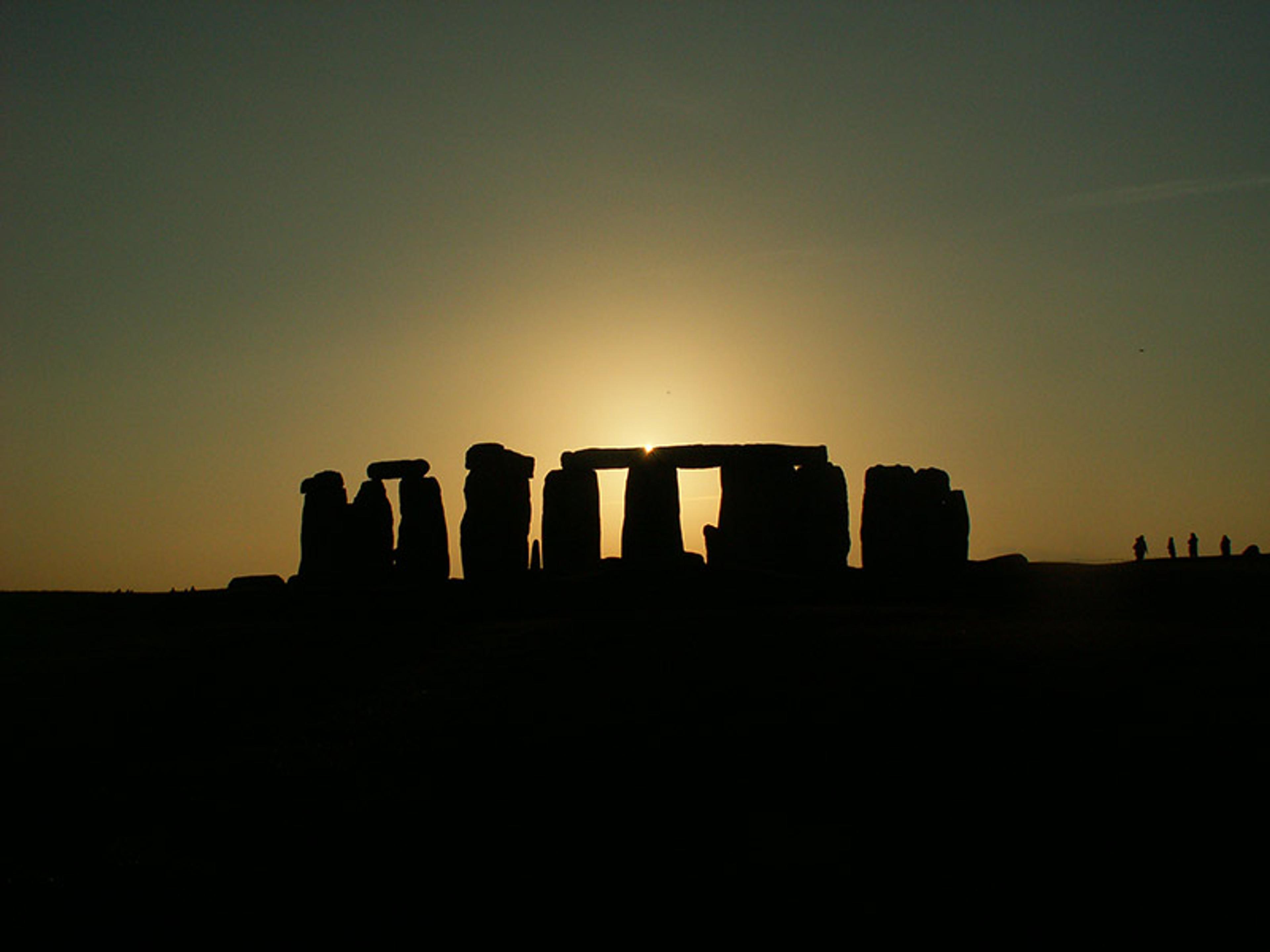
Stonehenge. Photo by Hardo Müller/Flickr
Our relationship with the sky reached new heights in the Bronze Age. Since this prehistoric period has little to no written records, peoples’ knowledge and understanding of the sky were mostly recorded in symbols decorating objects – both the sacred and the ordinary – petroglyphs, or rock carvings, buildings’ orientations and oral traditions. One surviving example is Stonehenge near Salisbury in the UK, which has since gained worldwide fame with thousands gathering each year to celebrate the stones aligning on the midwinter sunset and midsummer sunrise.
We are connected to the past through the constancy of stars. But, despite some archaeological findings, researchers still have trouble figuring out what Bronze Age people thought about the sky and its celestial phenomena. Without written records, there will never be a single, precise answer. And where do we even start to piece together somewhat plausible theories about prehistoric sky lores? First, we have to broaden our horizons, and look at how and why people across history depicted celestial phenomena, and which ones – the Sun, the Moon, the stars, and the numerous atmospheric phenomena – have played significant roles.
Some depictions resembled reality – a circle with rays for the Sun, a crescent for the waning or waxing Moon, and dots or asterisks for the stars. Even today, young children regardless of their cultural background or education tend to draw them similarly. But our modern logical mindset can also cloud us from seeing the endless possibilities our ancestors saw in the heavens. In ancient Egypt, the Dendera zodiac (c50 BCE) showcases the stars and constellations not realistically but drawn as the gods, humans, animals and objects they represent in the ancient Egyptian cosmovision. Meanwhile, Yacana, the llama constellation of the Inka Empire in South America, or Gawarrgay, the celestial emu of Aboriginal Australian peoples, are dark constellations created using the dark areas in the Milky Way.
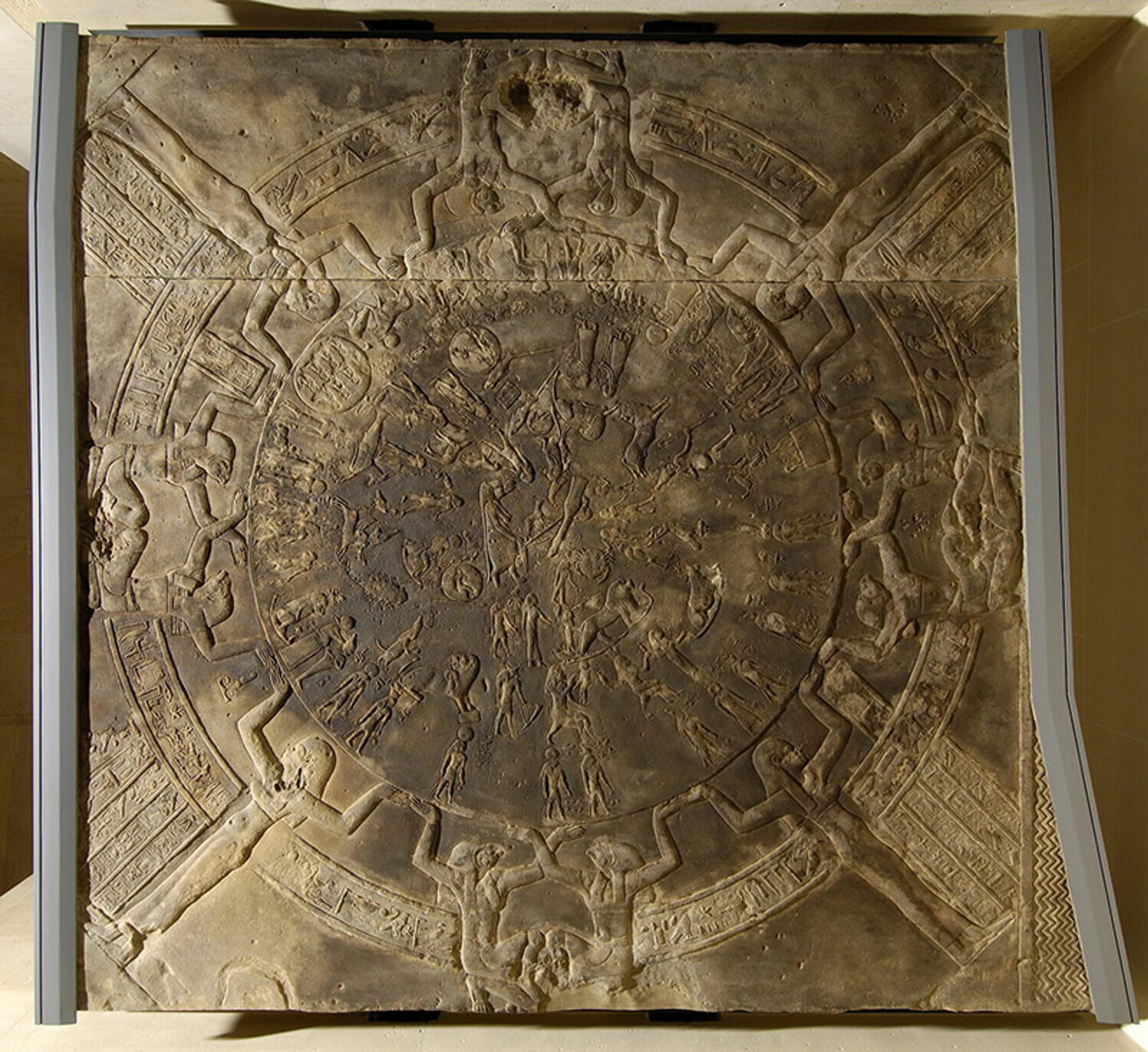
The Dendera zodiac relief. Courtesy the Louvre, Paris

A detail from the Dendera zodiac relief. Courtesy the Louvre, Paris
Bronze Age people also seem to have noticed both the ordinary and the extraordinary. When the light of the Sun, the Moon or the stars enters the atmosphere, it can interact with air molecules, floating water droplets, ice crystals and dust, creating countless atmospheric phenomena. Comparative studies of atmospheric light phenomena and Bronze Age symbols worldwide revealed a striking resemblance between them. Mock suns, light pillars, halos and even the most common ones such as sunsets/sunrises and rainbows can be identified among them. As symbols of vibrant, dazzling light, they often appear on gold jewellery and objects, or sacred clay pottery, suggesting that they represented authority or magical power.
Some of the most remarkable examples of this Bronze Age worldview are clay bowls with interior adornments made by the Vučedol culture of the northwest Balkans around 3000-2200 BCE. Aside from simple motifs, they also used complex symbols that show a clear parallel with some uncommon atmospheric phenomena like mock suns and halos. This culture did not yet use spoked wheels, provoking debates among researchers of later cultures who try to distinguish wheel motifs from light symbols. The interior nature of the bowls’ decoration, along with cross-like shapes frequently appearing inside out, could represent the entire sky covering us like a dome. The archaic notion of the sky being made of stone – floating above us like a wobbly upside-down bowl that also needs the support of mountains, a ‘world tree’ rising in the middle of Earth, or other structures around its edge – has been preserved in the languages and myths of Finno-Ugric and Paleo-Asian peoples among others. The daily and seasonal rotation of the night sky around or near a fixed axis point could have also inspired the belief that it is nailed or held up at a fixed point in the middle.
There is a delicate balance between reconstructing the ways celestial phenomena impacted the lives of Bronze Age people, and forcefully endowing them with high-level astronomical knowledge. The Nebra sky disc has especially captured people’s imagination. Theories explaining its purpose have been brewed up by enthusiasts of esoterics and well-rounded researchers alike. Recently, certain scientists even argued that the disc is a sophisticated astronomical tool that helped Bronze Age people calculate calendars. This unique bronze artefact of a mere 30 cm in diameter from around 1600 BCE – the period of the classical Únĕtice culture – was unearthed in 1999 by treasure hunters around the Mittelberg mountains of Germany. Its blue-green patina is inlaid with various gold symbols theorised to be not only the Sun and the crescent Moon, but also our everyday sunsets and sunrises, and even an age-old constellation now primarily known as the Pleiades. Its rich and realistic depiction of the sky suggests that the celestial universe held an important role in the life of the Bronze Age community it belonged to, but does not necessarily prove that it was any type of astronomical tool.
European Bronze Age cultures were yet to develop higher-level astronomical knowledge, like a calendar of any sort. These would require regular observations and written, or at least marked, records of celestial phenomena. Not only did the majority of Bronze Age European cultures lack written records, but they were yet to reach the concept of large numbers that a year-long or even a monthly calendar would be based on. It’s very possible that there was simply no need for precise timekeeping just yet in Bronze Age Europe. Most cultures in that region at the time had only to distinguish winter and summer for their agricultural activities, unlike in Mesopotamia or ancient Egypt where riverside, irrigated farming required a more exact calendar.
We can also wonder how far back in time the concept of constellations went and when those conceptions began to gain practical use. Comparative studies of current, especially Indigenous, and past cultures show that some constellations, like the Pleiades, Taurus and Orion’s Belt, are unusually distinctive, and humans have always imagined similar shapes, and even stories, into them. The Pleiades, in particular, has gained worldwide, and timeless popularity. It disappears from the night sky during the northern hemisphere spring, auguring the beginning of the farming and seafaring season, while its autumn reappearance marked the warm season’s end. This observation does not require a calendar since it simply predicts the start and end of certain activities. Thus, the Pleiades’ appearance on the Nebra sky disc most likely signifies its role in planning farming and other seasonal work, a capacity crucial for a Bronze Age community’s survival, and not advanced astronomical knowledge.
Bronze Age Europeans did not register the passage of time as we do now. We manipulate time to our needs, yet we always seem to be out of it. Time for Bronze Age denizens, on the other hand, was not yet a process, not even a duration. Instead, it was a distance between activities and events. Time not spent on useful or important activities simply didn’t ‘exist’. With this in mind, it’s most likely that the Nebra sky disc was a symbolic depiction of their cosmos with a more spiritual than functional role. It might have even been used during ritual combat at a ceremony indicating the beginning or end of the warm season, one of the most significant times for Bronze Age society. Looking up at the sky reminded people of important events, knowledge, and their timeless connection to each other. A cosmic reminder of time well spent.
Stars and stories are both as old as time. Even without written records, it’s hardly an exaggeration to assume that Bronze Age people also attributed various stories to the skies, especially the stars. When night falls, it’s story time. Since the stars remain the same throughout every generation, the night sky has naturally become a grand cosmic storybook for humanity. We can only deduce some of the main themes and characters that constellations could have played in Bronze Age society based on the myths, legends and names that survive to this day. For the Skidi Pawnee Native Americans, the stars were a council of elders who guided them from above. The ancient Greeks recorded the antics of their gods in the movement of stars. The prehistoric Chinese legend of the archer Hou Yi explains elements of nature, like why we have only one Sun.
It is clear that humanity has always cultivated a close relationship with the sky. This has helped us define our place in the Universe. With the help of modern-day astronomy and increasingly powerful telescopes, we see further and know more about the Universe than our ancestors could have ever hoped for. But by providing hyper-logical, hyper-precise answers, we have also somewhat severed our connection to mystery. Perhaps if we could rebuild an everyday relationship with the sky similar to the Bronze Age people’s, and reflect more on the mysteries of the heavens, we could feel more connected to ourselves, to each other and to the world around us. So, next time you find yourself alone outside on a dark night, don’t be scared – just look up.
